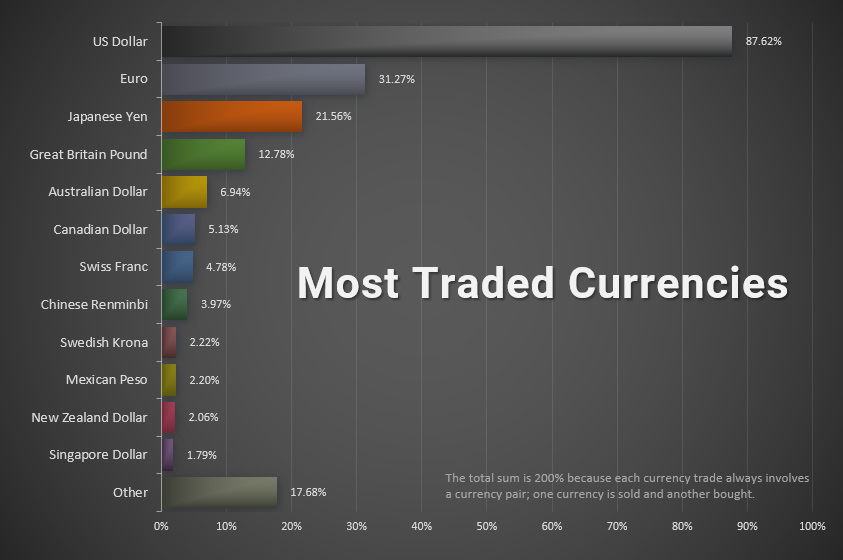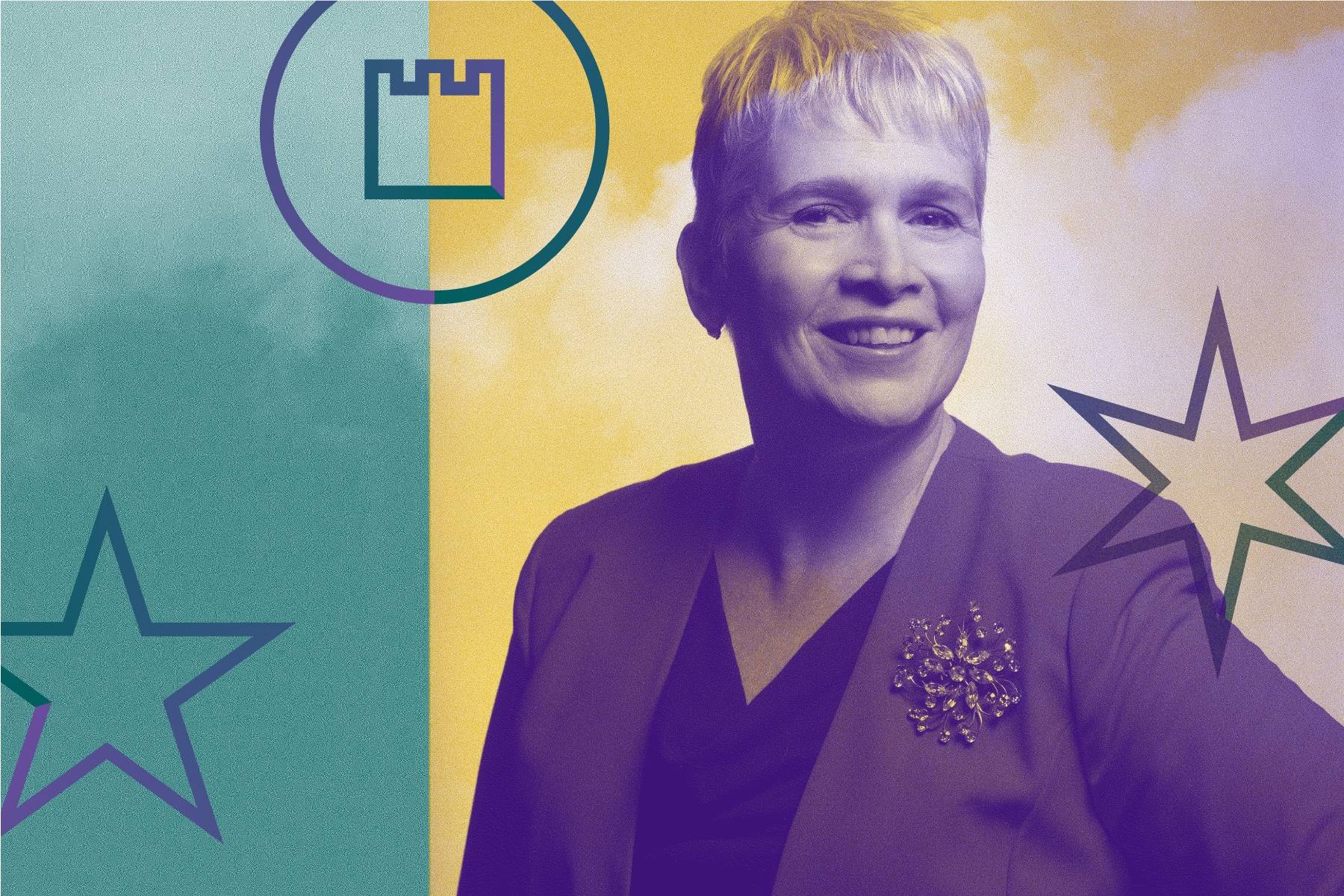
CFD is a basic concept that can help you get started in the world of trading. CFD stands for contracts for difference and allows investors to trade in a variety of financial markets. They can be traded on shares or commodities depending on the currency exchange rate. You can read this article for more information on these contracts. We will also explain how to trade CFDs of shares.
CFD trading of shares
You can speculate on major brands and financial market without having to own the shares. Instead of paying large amounts for shares, you only pay a small amount to purchase a contract which is only half the price. You then earn profit based on the share's value when the contract is sold. You have the option to choose from a variety of indices that measure performance of different stocks.

There are some key distinctions between a CFD (or a share) and a CFD (or a CFD). CFDs are different from share trading. CFDs may be traded on margin. That means you can trade a fraction the actual value of an asset, without actually owning them. Shares must, however, be owned. Secondly, CFDs have a large amount of leverage. Trades can be made with as little 5% as the share's full value. However, losses can easily exceed your margin.
Trading a commodity CFD
Before you trade a commodity CFD, it is important to determine which commodities you are interested in trading. The price of a commodity can vary widely depending on the supply and demand for that commodity. Laws and regulations can have an impact on the supply and demand for different commodities and may lead to shortages or surpluses. Your risk profile is key in deciding which commodity to trade. To ensure profitable trades, you need to be familiar with the instrument.
There are many benefits to trading commodity CFDs. It's a great method to manage risk without needing to invest in the actual commodity. CFDs are a great way to trade volatile commodities. CFD trading also lets you hedge other investments such as currencies or stocks that depend on a particular commodity. CFD trading also allows you to use margins, automate trading, and short commodities.
Forex CFD Trading
A forex CFD trade requires you to adhere to certain rules, as with all forms of trading. First, traders must understand how to open and close trades. Trading on margin means that the money you risk to open a position is only part of your total investment. The difference in the closing and opening prices of the underlying asset is what you actually use to settle your trade. CFDs are a great way to start a trade without risking your entire capital.

CFDs have a few key advantages. CFDs are unique because of the difference in ownership. While traders of traditional currencies buy and sell actual currency, with CFDs, they own contracts that are related to an indexed price. CFDs trading can help you avoid many of these problems, including different tax and legislative structures. CFDs can also be leveraged and have low trading costs. CFDs can be more convenient than purchasing the underlying asset and are therefore more flexible for traders.
FAQ
What is a mutual funds?
Mutual funds consist of pools of money investing in securities. They provide diversification so that all types of investments are represented in the pool. This helps reduce risk.
Managers who oversee mutual funds' investment decisions are professionals. Some funds offer investors the ability to manage their own portfolios.
Mutual funds are often preferred over individual stocks as they are easier to comprehend and less risky.
What is a REIT and what are its benefits?
A real-estate investment trust (REIT), a company that owns income-producing assets such as shopping centers, office buildings and hotels, industrial parks, and other buildings is called a REIT. These companies are publicly traded and pay dividends to shareholders, instead of paying corporate tax.
They are similar companies, but they own only property and do not manufacture goods.
What is security in the stock market?
Security is an asset that generates income. The most common type of security is shares in companies.
One company might issue different types, such as bonds, preferred shares, and common stocks.
The earnings per share (EPS), and the dividends paid by the company determine the value of a share.
When you buy a share, you own part of the business and have a claim on future profits. If the company pays a payout, you get money from them.
You can always sell your shares.
Statistics
- US resident who opens a new IBKR Pro individual or joint account receives a 0.25% rate reduction on margin loans. (nerdwallet.com)
- The S&P 500 has grown about 10.5% per year since its establishment in the 1920s. (investopedia.com)
- Even if you find talent for trading stocks, allocating more than 10% of your portfolio to an individual stock can expose your savings to too much volatility. (nerdwallet.com)
- "If all of your money's in one stock, you could potentially lose 50% of it overnight," Moore says. (nerdwallet.com)
External Links
How To
How to Invest Online in Stock Market
One way to make money is by investing in stocks. There are many ways to do this, such as investing through mutual funds, exchange-traded funds (ETFs), hedge funds, etc. The best investment strategy is dependent on your personal investment style and risk tolerance.
Understanding the market is key to success in the stock market. Understanding the market, its risks and potential rewards, is key. Once you are clear about what you want, you can then start to determine which type of investment is best for you.
There are three main categories of investments: equity, fixed income, and alternatives. Equity is the ownership of shares in companies. Fixed income means debt instruments like bonds and treasury bills. Alternatives include commodities like currencies, real-estate, private equity, venture capital, and commodities. Each category has its own pros and cons, so it's up to you to decide which one is right for you.
Once you figure out what kind of investment you want, there are two broad strategies you can use. One is called "buy and hold." You buy some amount of the security, and you don't sell any of it until you retire or die. The second strategy is "diversification". Diversification means buying securities from different classes. If you buy 10% each of Apple, Microsoft and General Motors, then you can diversify into three different industries. The best way to get exposure to all sectors of an economy is by purchasing multiple investments. This helps you to avoid losses in one industry because you still have something in another.
Another important aspect of investing is risk management. Risk management allows you to control the level of volatility in your portfolio. A low-risk fund would be the best option for you if you only want to take on a 1 percent risk. If you are willing and able to accept a 5%-risk, you can choose a more risky fund.
The final step in becoming a successful investor is learning how to manage your money. You need a plan to manage your money in the future. A good plan should cover your short-term goals, medium-term goals, long-term goals, and retirement planning. That plan must be followed! Keep your eyes on the big picture and don't let the market fluctuations keep you from sticking to it. Your wealth will grow if you stick to your plan.